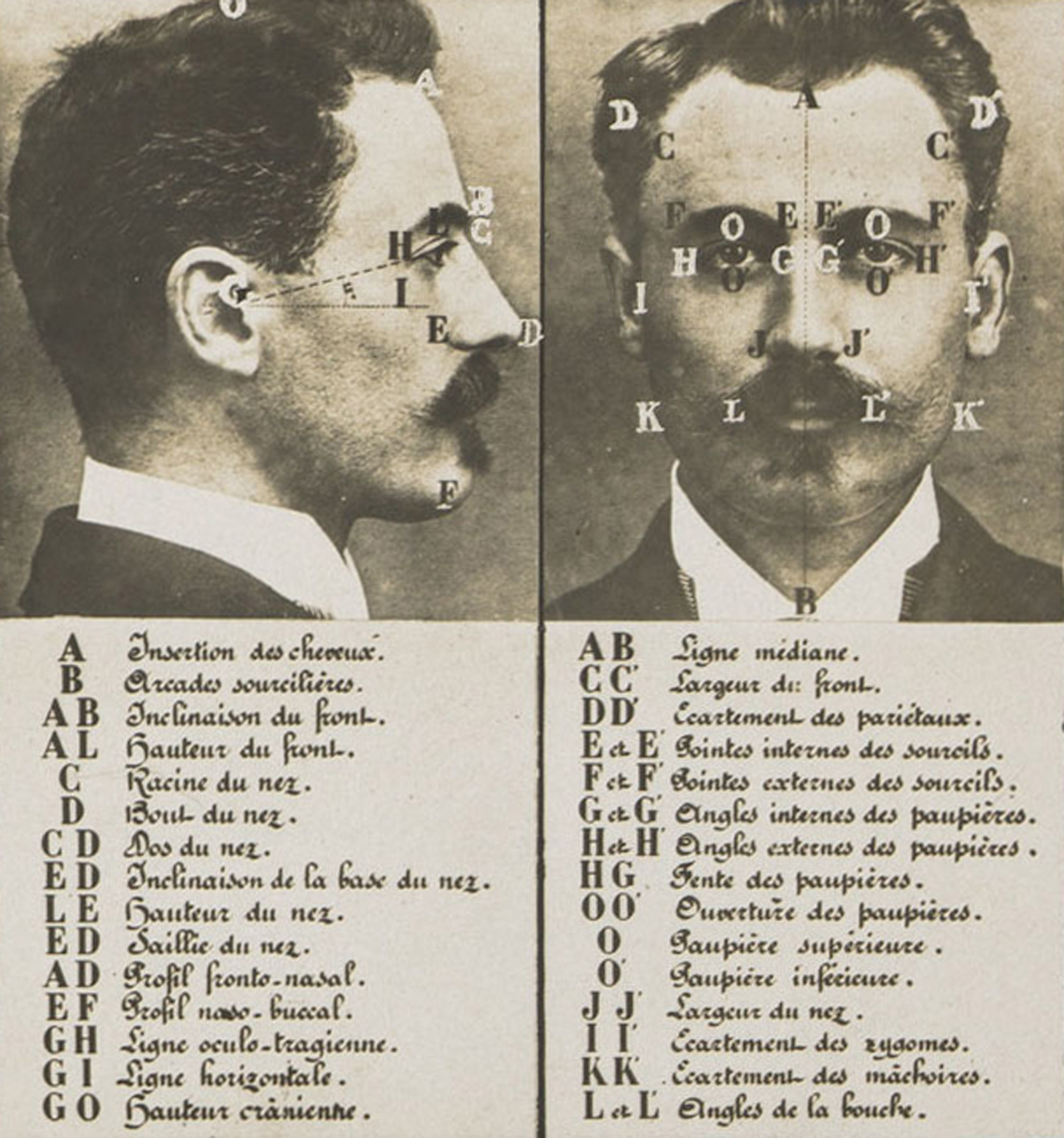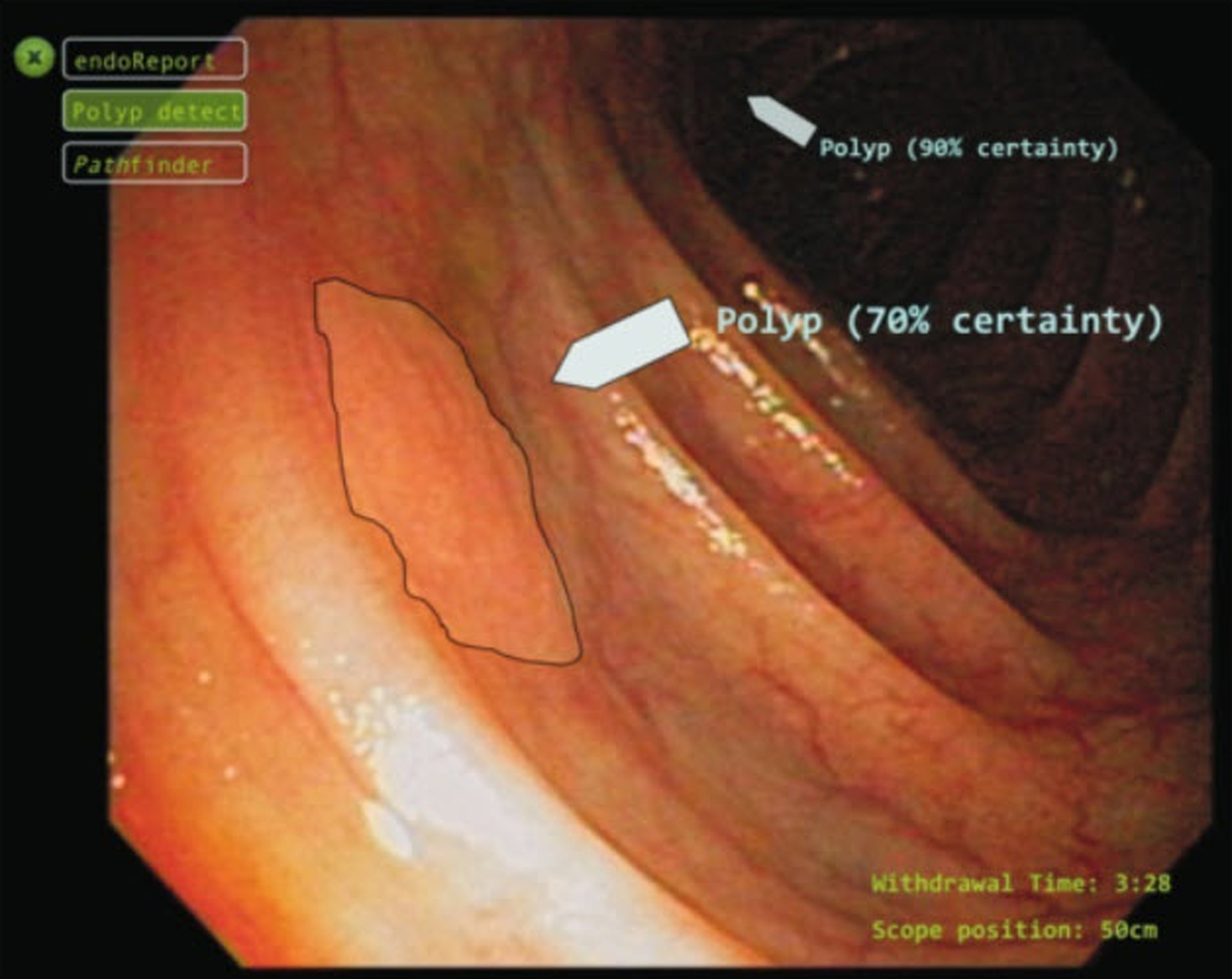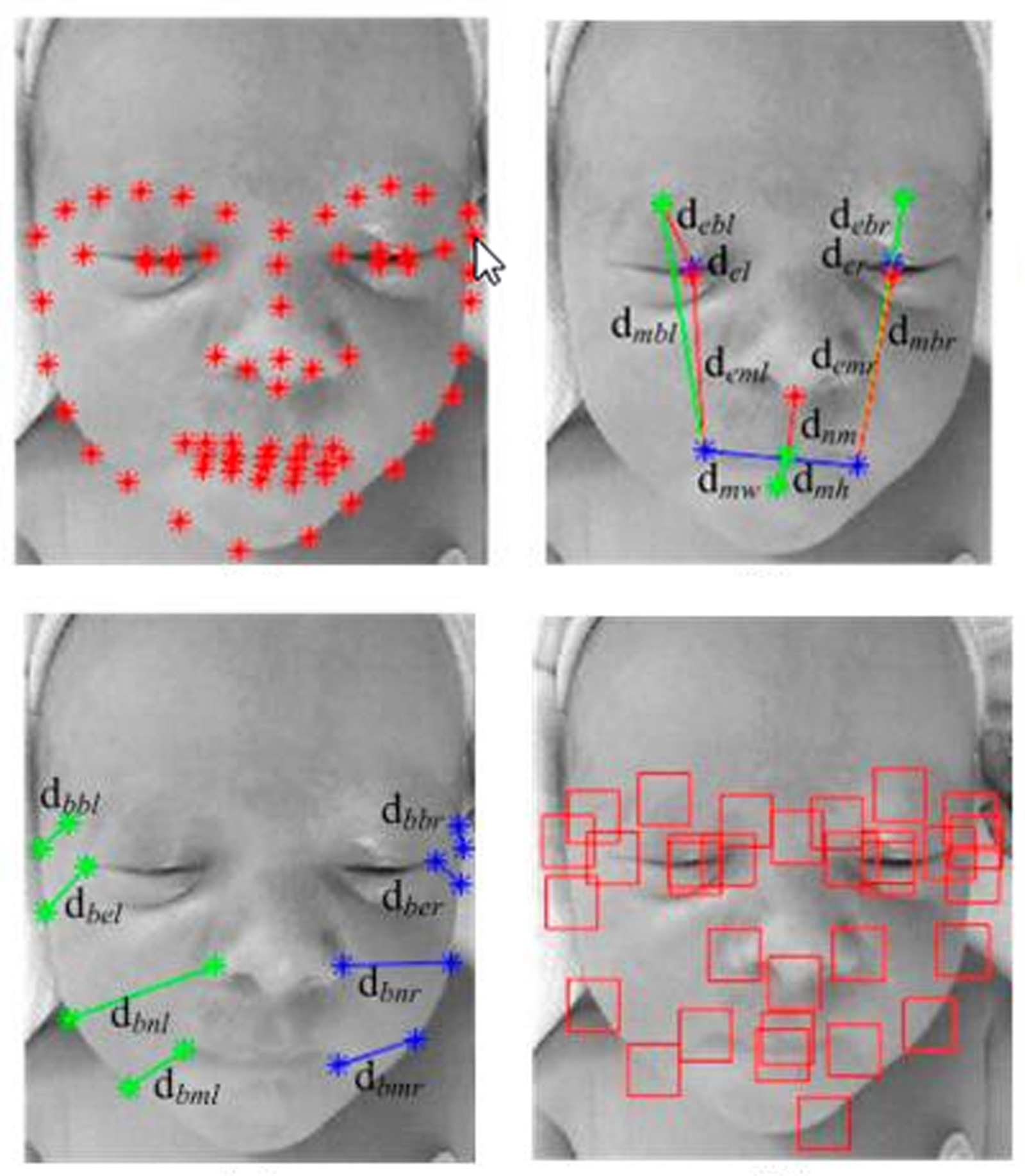Physiognomy had been discredited by the mid-20th century. Held under scrutiny, its claims were disproven. Physical anthropology abandoned the practice as it disavowed the field’s racist past. Furthermore, an association with eugenics and the Holocaust made physiognomy distasteful.
SECTIONS OF ANTHROPOLOGY
THE NEW PHYSICAL ANTHROPOLOGY*
By S.L. WASHBURN
Recently, evolutionary studies have been revitalized and revolutionized by an infusion of genetics into paleontology and systematics. The change is fundamentally one of point of view, which is made possible by an understanding of the way the genetic constitution of populations changes. The new systematics is concerned primarily with process and with the mechanism of evolutionary change, whereas older point of view was chiefly concerned with sorting the results of evolution. Physical anthropology is now undergoing the same sort of change. Population genetics presents the anthropologist with a clearly formulated, experimentally verified, conceptual scheme. The application of this theory to the primates is the immediate task of physical anthropology.
In the past, physical anthropology has been considered primarily as a technique. Training consisted in learning to take carefully defined measurements and in computing indices and statistics. The methods of observation, measurement, and comparison were essentially the same, whether object of the study was the description of evolution, races, growth, criminals, constitutional types, or army personnel. Measurements were adjusted for various purposes, but measurement of the outside of the body, classification, and correlation, remained the anthropologist’s primary tools. The techniques of physical anthropology were applied to a limited group of problems and any definition or statement of traditional anthropology must include both the metrical methods and the problems for which the methods were used. Further, anthropology was characterized by theories, or rather by a group of attitudes and assumptions.
*This paper, illustrated with lantern slides, was presented at the meeting of the Section, April 23, 1951.
†Department of Anthropology, University of Chicago, Chicago, Illinois.
There has been almost no development of theory in physical anthropology itself, but the dominant attitude may be described as static, with emphasis on classification based on types. Any such characterization is oversimplified, and is intended only to give an indication of the dominant techniques, interests, and attitudes of the physical anthropologist. Except for emphasis on particularly animals, physical anthropology shared much with the zoology of the times when it developed. Much of the method was developed before the acceptance of the idea of evolution, and all of it before the science of genetics.
Physical anthropology should change, just as systematic zoology has changed. The difficulty which accompany the necessary modifications can be greatly reduced if their nature is clearly understood. Naturally, in a time of rapid flux there will be numerous doubts and disagreements as to what should be done. This is natural, and what I have to offer is a tentative outline to indicate how parts of the new physical anthropology may differ from the old.
The old physical anthropology was primarily a technique. The common core of the science was measurement of external form with calipers. The new physical anthropology is primarily an area of interest, the desire to understand the process of primate evolution and human variation by the most efficient techniques possible. The process of evolution, as understood by the geneticist, is the same for all




























